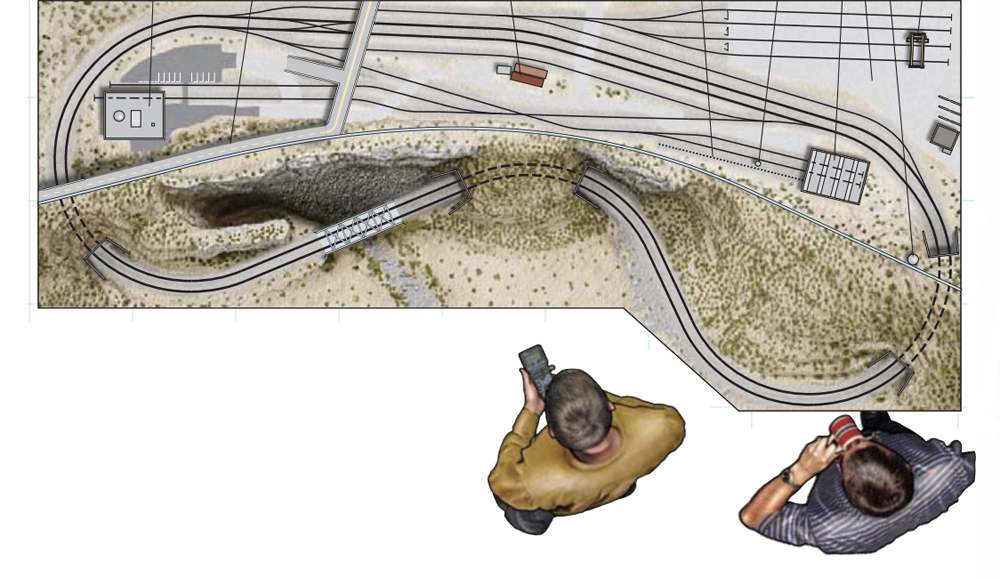
When it come to track plans, everyone has a favorite. After all, each modeler values and prioritizes different aspects of model railroading. Some prefer intricate freight switching layouts, while others prefer long, continuous passenger routes. Some like layouts with dense foliage and rolling hills, whereas other modelers may prefer flat, desert landscapes. We here at […]
Read More…
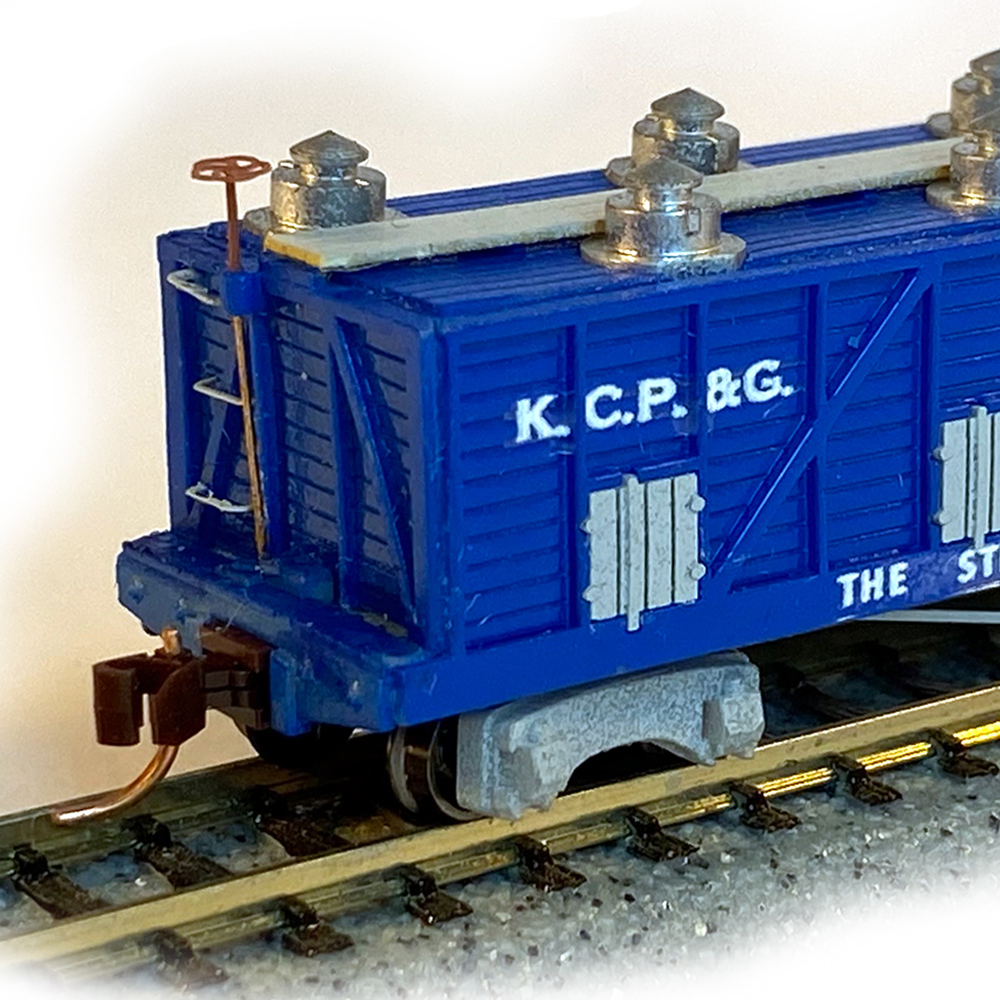
Q: I was wondering if you could provide me with information on what kind of loads an oyster cannery sends and receives? — Markus Russ A: I cast the net wide (pun fully intended) to help answer your question. I started internally. Trains magazine Associate Editor Bob Lettenberger wrote “Five mind-blowing facts — Stilwell Oyster […]
Read More…
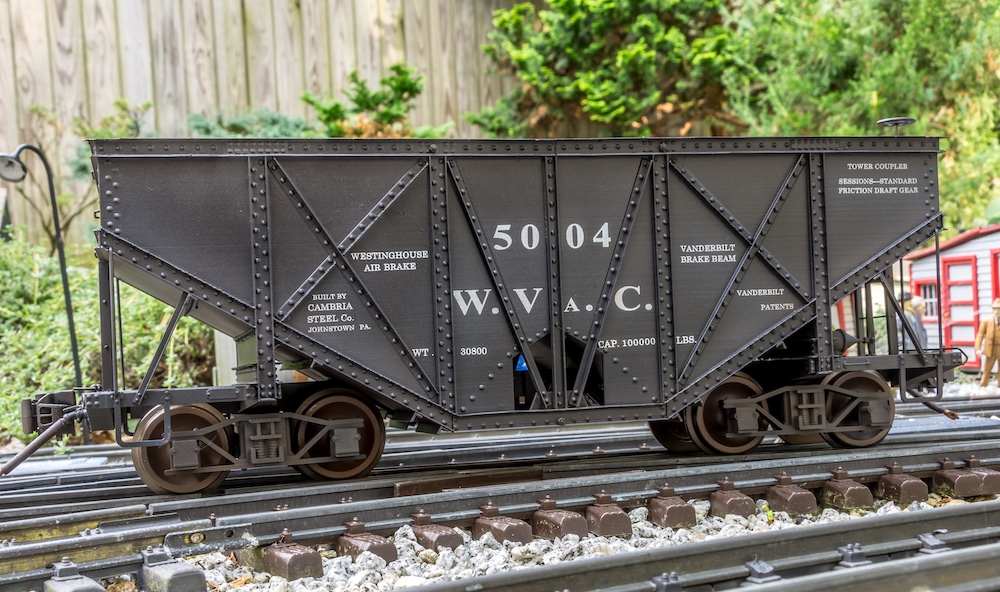
I model the Western Maryland Ry. (WM) from the 1920s to before the start of World War II. Appropriate commercial models of coal hoppers for my modeling era are limited in large scale. I was using LGB two-bay and Bachmann three-bay hoppers as stand-ins, but I wanted accurate, period-specific coal hoppers for my rolling stock […]
Read More…
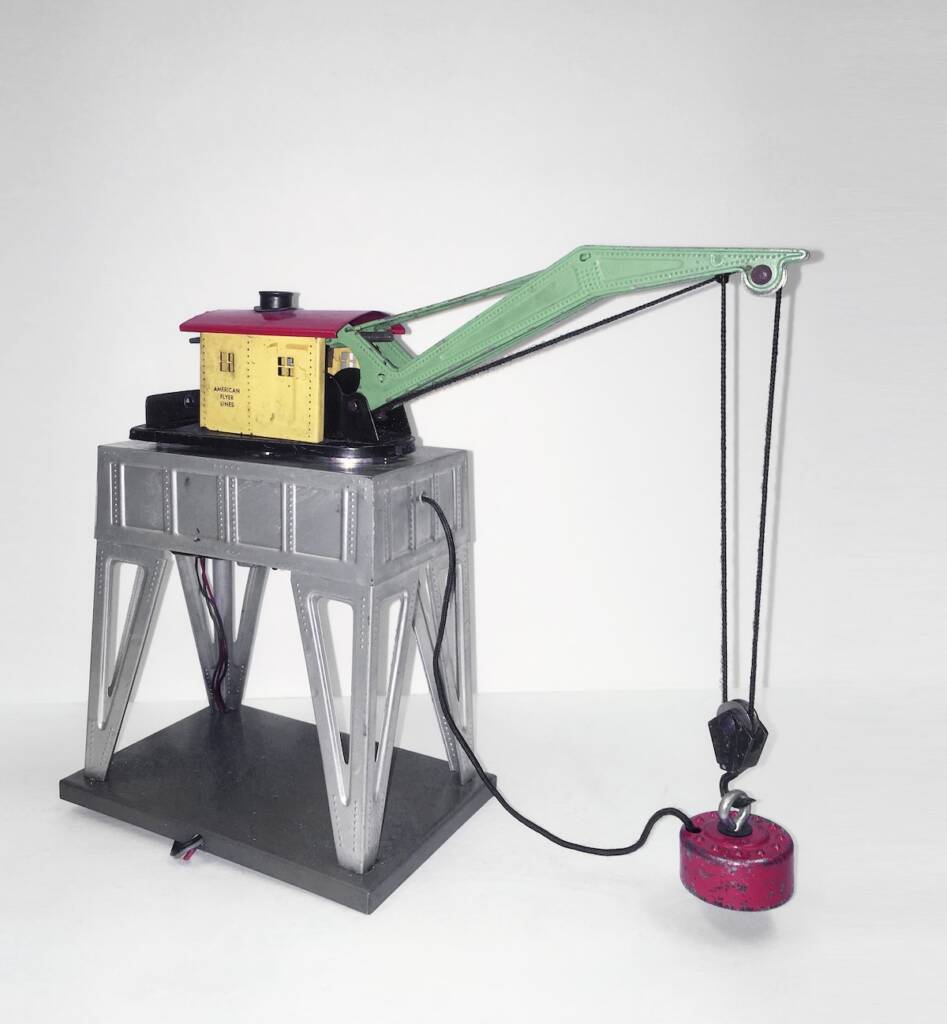
A quiet revolution changed the toy train industry in the 1930s. Firms aimed to introduce more realistic products. Advances in the die-casting of metals and the compression-molding of plastics shaped that trend. The A.C. Gilbert Co. began to develop scale and semi-scale engines and rolling stock while pushing for greater animation in its accessories. The […]
Read More…
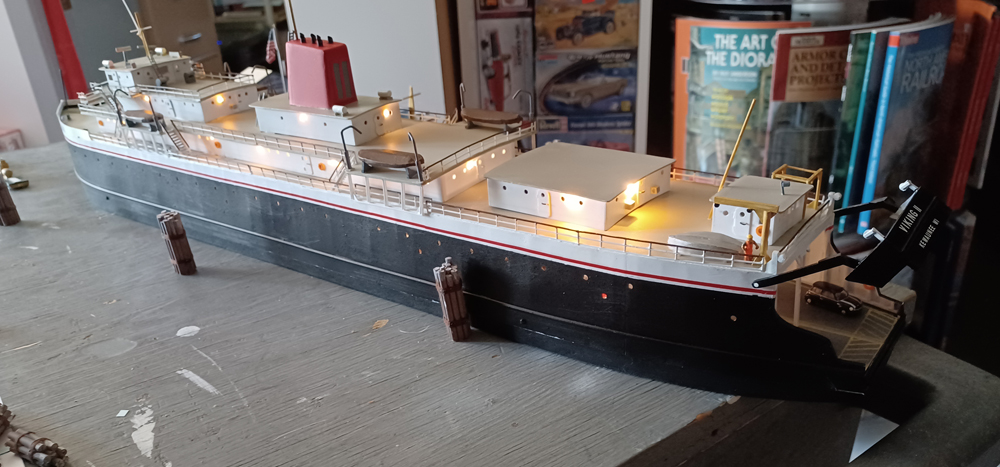
In 1980 and 1981, my wife and I rode round trips on the Viking and Badger, respectively, when they were still being used as railroad carferries operating between Wisconsin and Michigan. After those trips, I wanted to build an N scale version of the Viking. Unfortunately, I didn’t have the time or skills required back […]
Read More…
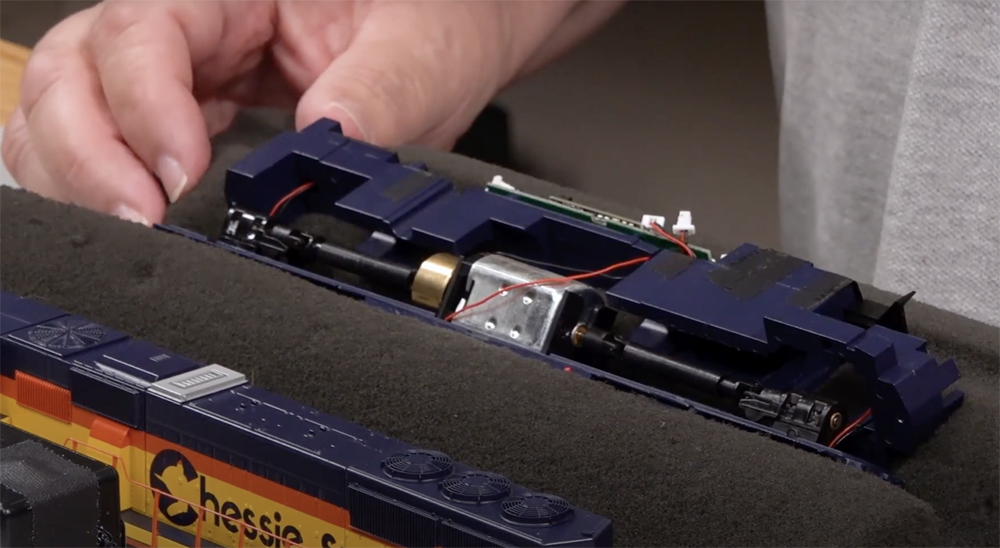
Most of us who love model trains value them for some aspect of their engineering, artistry, and nostalgia. We tend to be a meticulous and detail-oriented community, and we prize and cherish the integrity and aesthetics of the layouts we painstakingly build. Like any machinery, model trains need maintenance and cleaning to look and function […]
Read More…

Industrial park railroading has long been an area of interest to model railroaders. This type of railroading serves a concentrated group businesses, and it may or may not be affiliated with a class one railroad. Often the industrial park has its own railroad, or its tracks are served by a local company or nearby short […]
Read More…
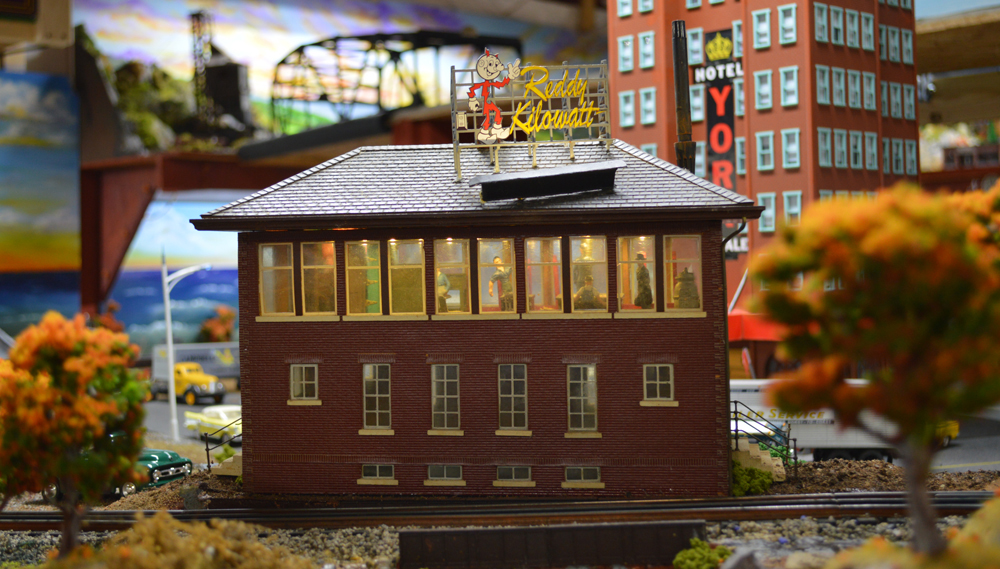
I have hunted for a variety of antiques and collectibles over the years. From old phonographs and projectors to motion lamps and of course, model trains. I often wonder about how an item ended up where it was when I ran across it. For example, I have a complete collection of the first two years […]
Read More…
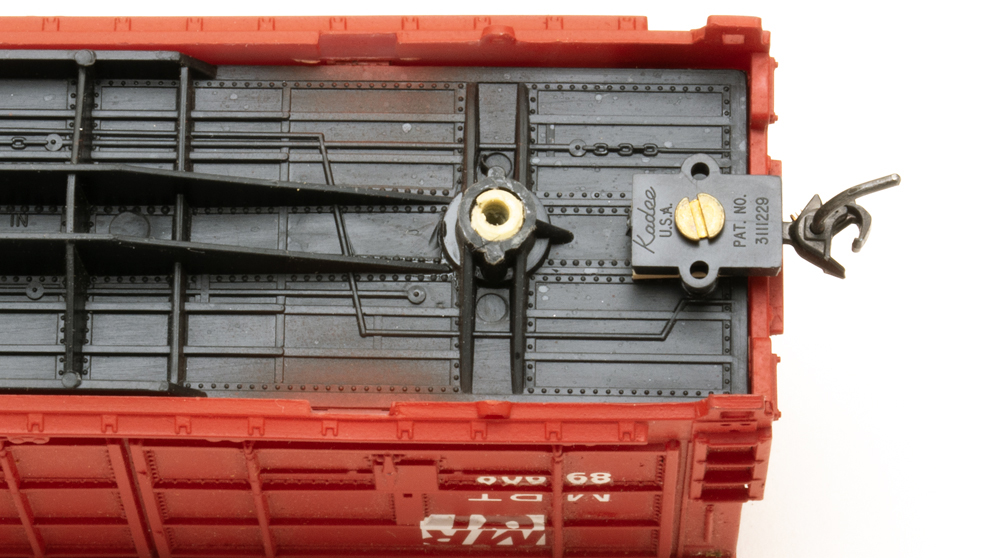
Q: Was there ever an article on converting old railcars to accept modern trucks and couplers? I have a few HO Tyco cars that need to be converted. — Jason Trew A: Jim Kelly and Andy Sperandeo co-authored “Kadee couplers” in the May 1981 issue of Model Railroader. The article covered both N and HO […]
Read More…
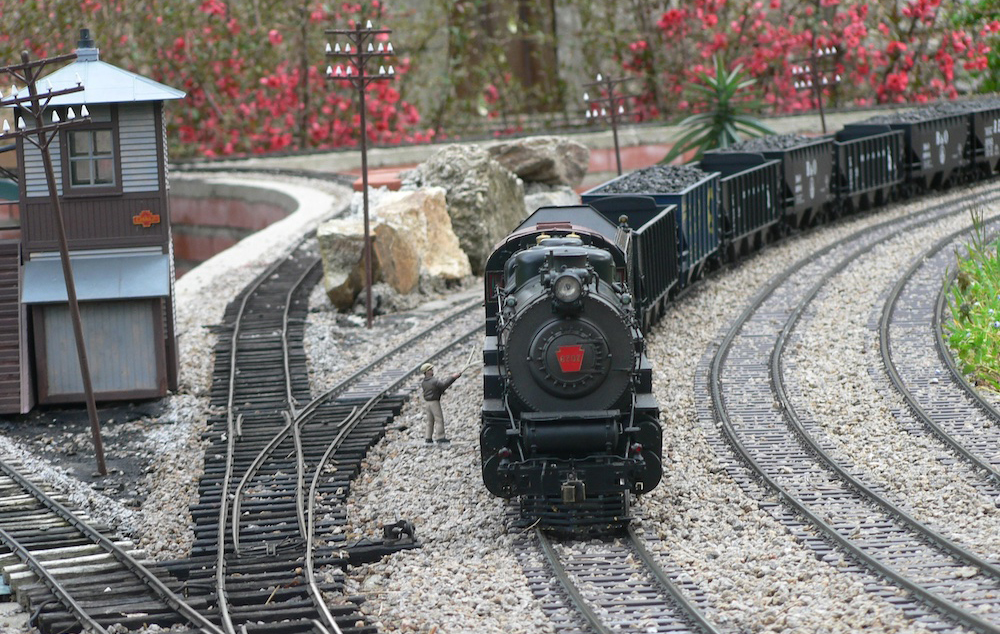
I dabbled a great deal in narrow gauge modeling over the years, but found U.S. main line Class I railroads more to my taste. I like the operation potential of main lines, with many categories of trains from the peddler to the fast freight, the suburban local to the limiteds. A friend (Chris Ludlow, an […]
Read More…
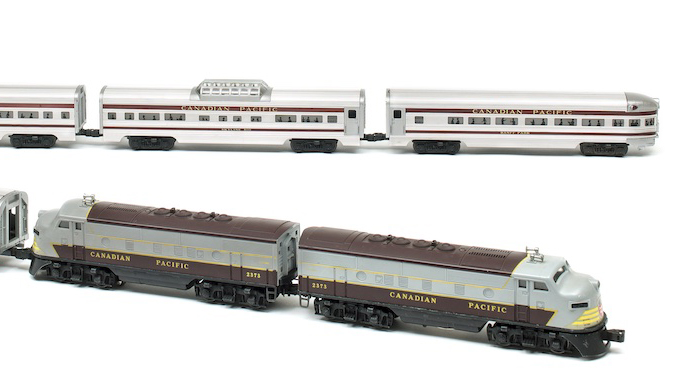
As the postwar era began for Lionel, concern for a more colorful, more highly decorative product was paramount, so Lionel examined different processes for decorating their trains. The tried and true methods (heat stamping and rubber stamping) were used to great success, but both had limitations. With heat stamping, a fairly flat surface was needed, […]
Read More…
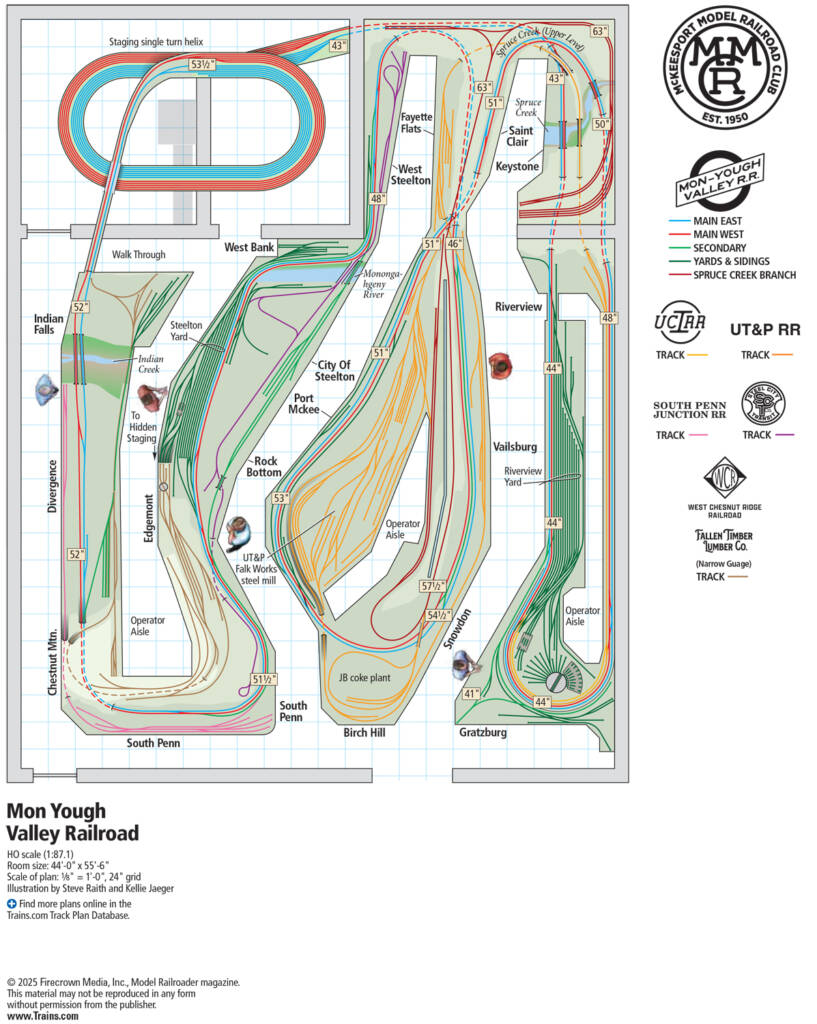
Facts and features Name: Mon Yough Valley RRScale: HO and HOn3Size: model railroad: 41 x 53 feet, room: 44′-0″ x 55′-6″Prototype: freelanced Class I and short linesLocale: western PennsylvaniaEra: late 1950s – early 1960sStyle: walk around with operator aislesMainline run: combined double track main of 13.5 scale miles.Minimum radius: 32″ (main), 22″ (industrial and branch […]
Read More…












